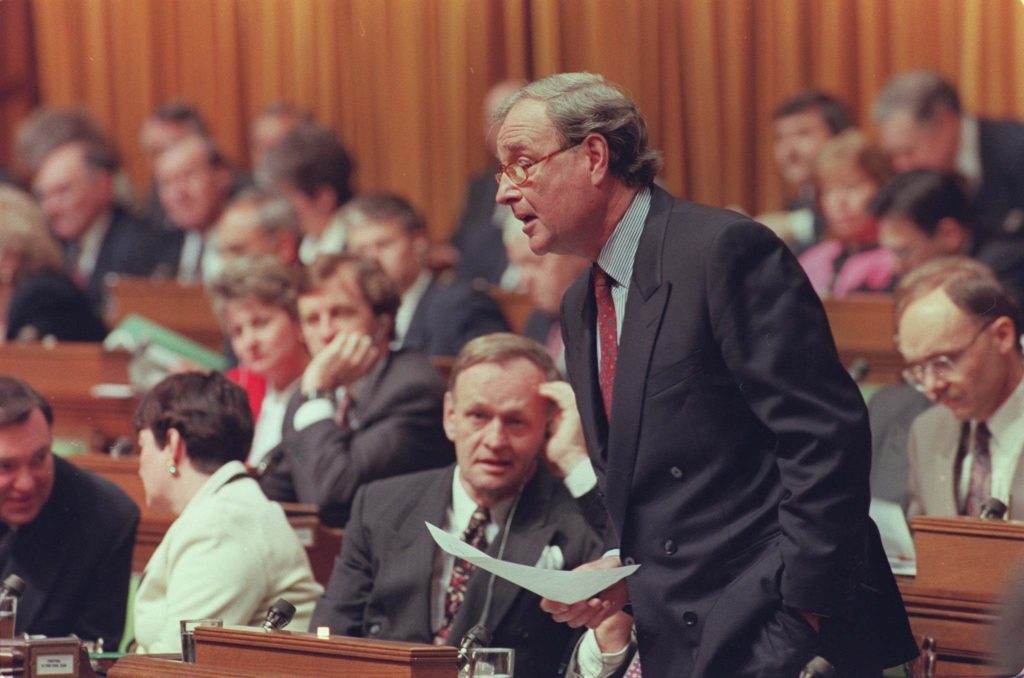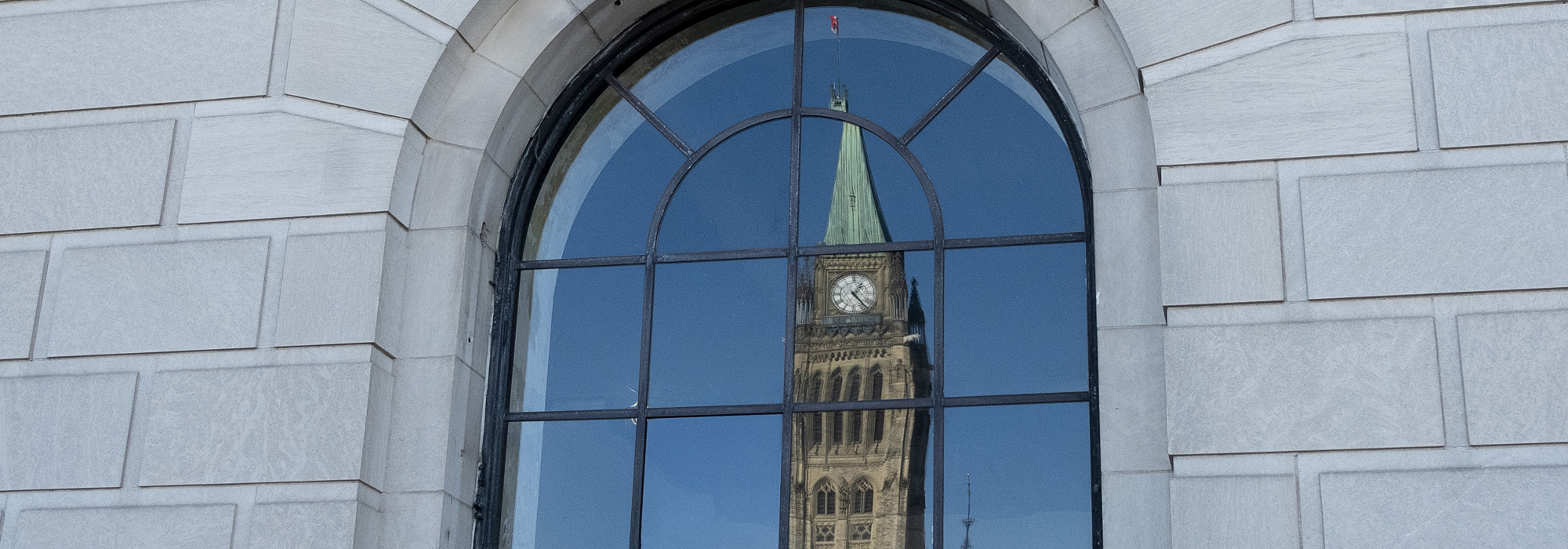
After more than two months — and a remarkable tally of political casualties — the SNC-Lavalin affair at last appears to be entering its final stages. Aside from its immediate impact on the reputation and electoral fortunes of Prime Minister Justin Trudeau and his government, the controversy is certain to be examined for years to come as a case study in political crisis management.
But the crisis communications dos and don’ts gleaned from the government’s handling of the affair — a riveting saga replete with bombshell ministerial resignations, dramatic testimony to hushed parliamentary committees and breathtaking personal betrayals — are actually the least relevant and important lessons to be learned.
Like most government contretemps, the SNC saga is also the story of roads not taken. At each juncture, the key players opted for one approach over another. At each point, the option chosen broadened the exposure and controversy. And no choice was more fateful — and disastrously so — than the original decision to bury the introduction of deferred prosecution agreement (DPA) amendments to the Criminal Code inside a massive, and entirely unrelated, budget omnibus bill in the spring of 2018.
In fairness, in the fall of 2017 the government did hold consultations on the DPA. It solicited “stakeholder views” (a favourite bureaucratic term) from industry associations, current and potential suppliers to the Government of Canada, provincial governments and others. Officials later held 40 meetings with approximately 370 participants. But while the government declared the three-week public consultation “open to all Canadians and other interested parties,” there was no broad process to involve the media or the wider general public.
A year later, the House of Commons and Senate Justice Committees both reviewed and passed the amendment — with the express support of the opposition Conservatives.
But when the DPA issue hit the front pages in early February of this year, it was news to all but a very small number of Canadians. The government’s hush-hush handling of the matter and the way it folded the Criminal Code changes inside another bill looked terrible in the glare of daylight. The government looked and acted as if it was trying to hide something. So, it’s not hard to understand why many Canadians thought that was exactly what it was trying to do — and that it got caught red-handed.
It’s human nature to want to avoid trouble and controversy. And politics and statecraft are, in many ways, human nature to the nth degree. So, to that extent, it’s understandable that the Trudeau government would want to hide the DPA initiative by sliding it, as it did, into the budget bill. Understandable as it might be, it was also completely wrong. Not morally wrong — though there is certainly a debate to be had about how that action squared with the Liberals’ condemnations of the Harper government’s frequent use of omnibus bills, and their own repeated pledges, before and after the 2015 election, to bring more transparency to government. But it was strategically wrong — because it ensured a bigger, more explosive problem for the government over the long term.
I was part of Jean Chrétien’s team when his government took office in 1993. Easy as it is to forget a quarter century later, the new government had inherited an epic dumpster fire. The economy was in tatters; the federal government’s own deficit, careening out of control, and its crushing debt were huge factors. The country was being convulsed by the worst national unity crisis in its history. The challenges facing the new government — and the country at large — were more than deep. They were existential.
A big part of our task was helping Canadians comprehend the scope and nature of the challenges facing the government — and the country. They needed to understand the difficult road ahead, what the choices facing the government were and what the various consequences of those choices might be. The most dramatic early example of that was the fall fiscal update in November 1994.
It was an exhaustive presentation by the Minister of Finance to Canadians — at a special meeting of the House of Commons Finance Committee — that would help them better understand the choices that the government would be making in its budget several months later. The update was unprecedented in its granularity and laid out the country’s fiscal and economic challenges with bracing frankness. In fact, it prepared the ground for the decisive 1995 budget and for the historic cuts that finally began to turn the tide on the fiscal crisis.

That initial fiscal update signalled the government’s general approach to many of the problems facing the country in that era: exposing the nature of the more vexing problems before us, laying the factors out and helping the media — and through it, Canadians — to understand how and why the government would come to the conclusions it did.
This approach was usually formalized, as with the fiscal updates and, to take another example, the parliamentary committee hearings on proposed bank mergers later in the decade. In other situations, explaining government decision-making to the media and the public was done less formally. As director of communications in the Prime Minister’s Office, one of my chief responsibilities was briefing the Ottawa press gallery on how the government was thinking about issues: the factors we were faced with; the reasons why some options were more practical than others; the various pressures — economic, social, legal, regional, international — that were weighing on these options.
By giving and facilitating these background briefings, we would do more than give journalists a peek inside government. We would demystify the process and help them understand the reasoning behind major decisions.
Sometimes, as well, it was useful to send up trial balloons for ideas. If they took off, they might be put into practice. But if they fell flat, we could walk away, without having invested too much government capital in them.
I believe this was a particular ability of Prime Minister Chrétien. Over decades as a minister in the Pearson and Trudeau governments, he honed a keen sense of Canadians and what they thought of their country, and what they would accept and support. He also learned early in his career, with the explosive public rejection of his White Paper during his time as minister of Indian and northern affairs, that beating a total retreat was sometimes the best outcome.
There were occasions when that was the case while he was prime minister. At one stage in his second term, the government announced that it would look at public financial support for National Hockey League teams facing difficulties. The public outcry was swift and furious and the message was received loud and clear. Before the week was out, the government had backed away from the idea. But because the proposals had been made in real time, in full public view, the government was able to jettison the idea without any real damage to its overall credibility.
As a senior minister from the Chrétien years put it recently in a private conversation, “Government is most often about picking between suboptimal choices.” That may not be glamorous or inspiring. But it’s the truth. The role of government isn’t to deal with the world as we wish it was, but with the world as it is, and to do what it can to make it better — usually by increments.
Far from hiding the bad options from Canadians — or hiding the challenges facing government — the more effective approach is to hang a lantern on them. The tougher and uglier the problem, the brighter the lantern should be.
And that can sometimes mean choosing the “least bad” option. That’s why, far from hiding the bad options from Canadians — or hiding the challenges facing government — the more effective approach is to hang a lantern on them. The tougher and uglier the problem, the brighter the lantern should be. Highlight the issues — and risks — at stake, and chances are that reasonable people will come to the same reasonable conclusions you did. It also preps the ground for government action. It’s known as the “Holiday Inn” approach to government, a nod to the hotel chain’s “No Surprises” ad campaigns. Understandably, government and public policy are areas in which the public appreciates “no surprises.”
The Harper government, with its penchant for secrecy and hyperpartisanship, largely did away with this approach.
In its first years, Justin Trudeau’s government embarked on a series of large-scale public consultations. But these tended to be open-ended, blue-sky efforts, with an aspirational purpose for the country at large. They didn’t deal with the nitty-gritty of trade-offs and “least bad” options so inherent in day-to-day government.
And that’s how it got itself into the current mess over a DPA for SNC-Lavalin. Rather than hiding the DPA issue, and slipping it into the budget omnibus bill, the Liberals should have hung that proverbial lantern on it.
Imagine, for a moment, that road not taken. Eighteen months ago, the government could have introduced a stand-alone bill, an amendment to the Criminal Code, creating the DPA option. This dedicated DPA bill would have been accompanied by full-scale media briefings, explaining the complexities of bringing criminal cases against large private enterprises in today’s global economy. The media briefings could have stressed the pressures from competing jurisdictions, the precedents in place among our major trading partners and allies, and the risks inherent in the status quo. They also would have pointed out that SNC-Lavalin might be an early beneficiary of the DPA amendments.
Dedicated parliamentary committee hearings would have examined the matter in greater detail. All the arguments and counter-arguments that we’ve heard since February would have been on full display. Reasonable people would have disagreed. What the public would have seen is its elected officials grappling with a real-time problem that affected real communities across the country, trying to find that “least bad” solution.
Perhaps that wouldn’t have been possible. The worst case would have been that the DPA proved too toxic, and the government would have walked away from it — just as the Chrétien government walked away from NHL funding 20 years ago. But it would have happened in bright daylight. And the government would not have looked like it was trying to pull a fast one.
The point is that the public and the media would have been educated both about the problem and about potential solutions. And about the reality that, by the time most problems make their way to the government, they aren’t very pretty — and neither are the potential fixes.
But, of course, another road was taken, one of stealth and attempted sleight-of-hand. And that road has led to the Trudeau government’s current crisis.
In politics, as in the rest of life, we tend to learn more from our failures than from our successes. In that sense, this crisis could turn out yet to have a salutary effect on the government. The “hanging a lantern” approach may not meet the Prime Minister’s much vaunted standard of “doing politics differently.” But it is an effective way to run a government — and lead a country.
Information has been added to this article to clarify that the consultation process that took place in 2017 was declared by the federal government “open to all Canadians.”
Photo: The Peace tower is reflected in a window in Ottawa, on March 26, 2019. THE CANADIAN PRESS/Adrian Wyl
Do you have something to say about the article you just read? Be part of the Policy Options discussion, and send in your own submission. Here is a link on how to do it. | Souhaitez-vous réagir à cet article ? Joignez-vous aux débats d’Options politiques et soumettez-nous votre texte en suivant ces directives.









